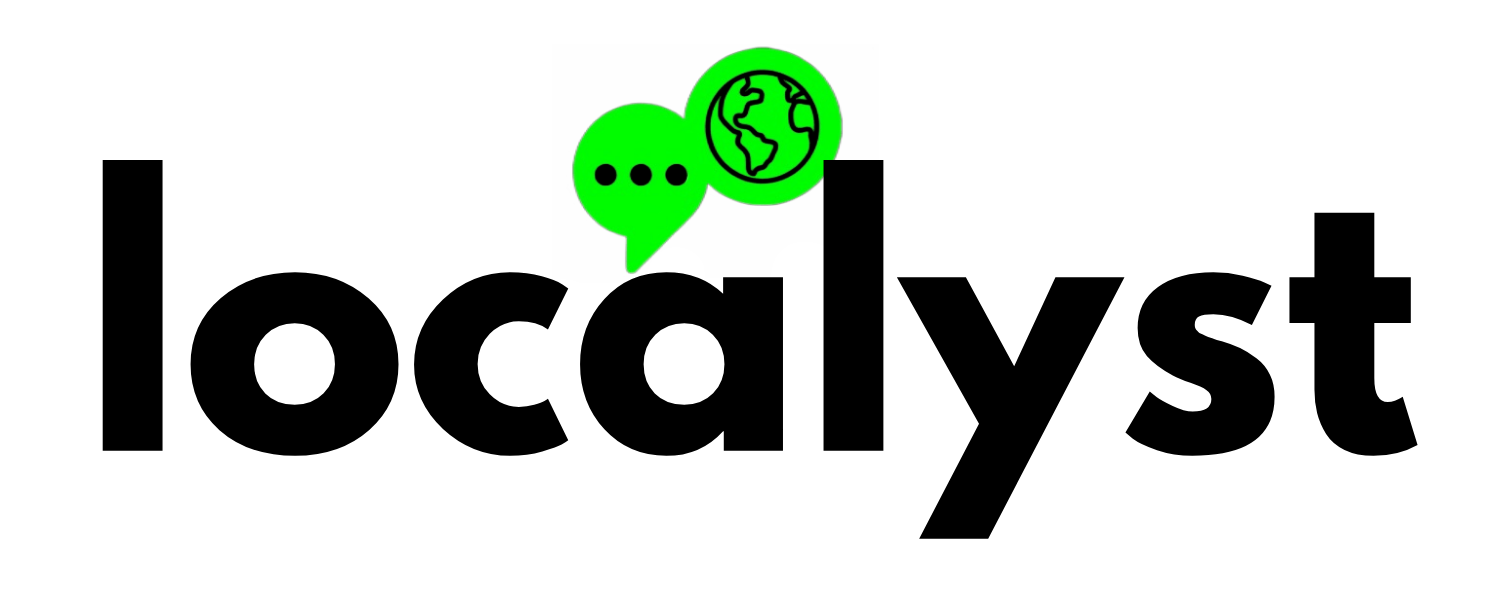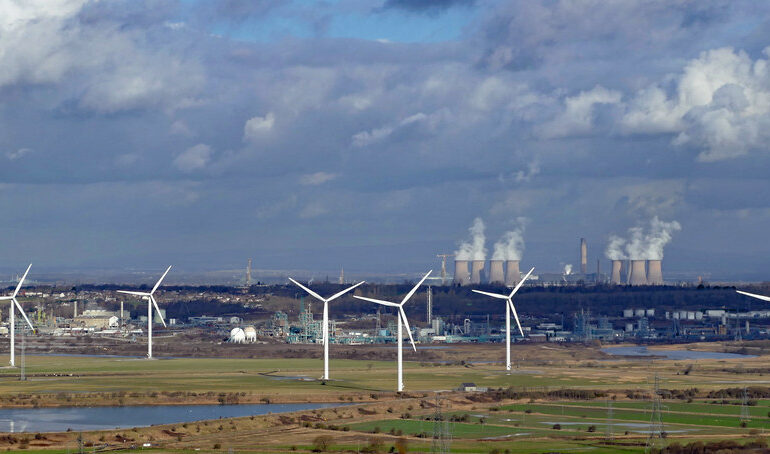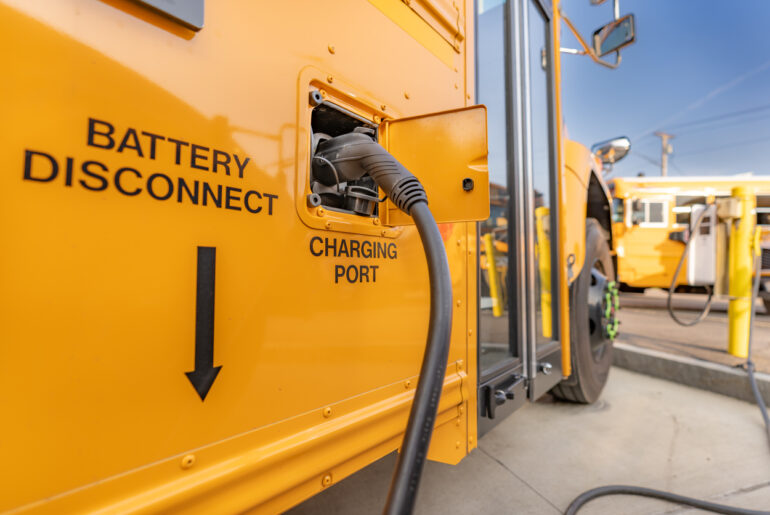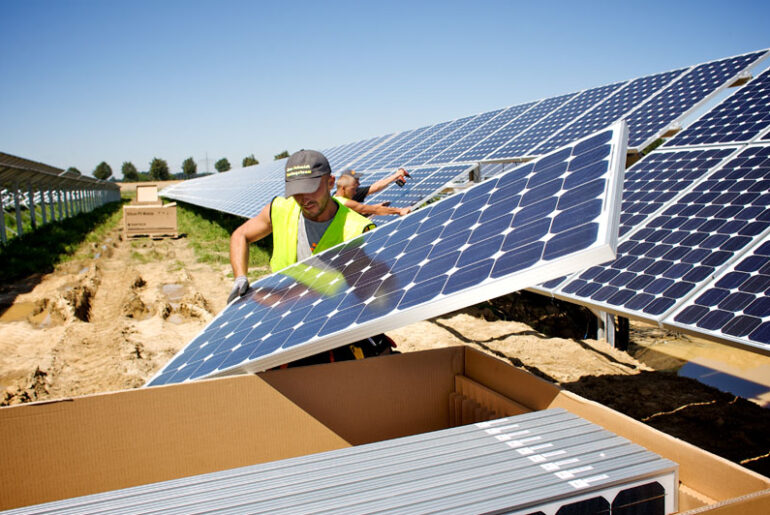In the rolling hills of Pennsylvania, Susquehanna University boasts a sprawling solar farm, an impressive 14-acre site adorned with 12,000 solar panels. However, maintaining the efficiency of these panels presented a unique challenge: overgrown grass casting shadows and reducing their effectiveness. Enter Caroline Owens, a local farmer and shepherd with an innovative solution.
Every spring, Caroline brings around 40 sheep to the university’s solar array, where they remain until November. These sheep play a crucial role beyond mere landscaping. By keeping the grass short, they prevent it from shading the panels. But their contribution doesn’t stop there. The sheep’s hooves and saliva enhance the biological activity in the soil, while their manure and urine enrich its health, creating an eco-friendly cycle of maintenance.
This partnership between Susquehanna University and Caroline Owens has evolved into a cost-effective and environmentally sustainable success story. The solar farm provides 30% of the university’s electricity needs, and the presence of the sheep has become a beloved feature on campus.
“I’m proud of this institution for taking action again and again. We’ve gone from burning coal to high efficiency natural gas on our campus, moving us from being a polluting institution to being one of the cool, green schools, according to Sierra Club,” said Susquehanna University President Jonathan D. Green.
Moreover, the university has reaped significant financial benefits. Thousands of dollars previously spent on fuel for mowing the grass have been saved, and the air quality on campus has improved due to reduced pollution from mowing equipment. Remarkably, the sheep have become increasingly self-sufficient in their role. After four years of grazing, Caroline notes that they have become adept at understanding their boundaries and their purpose on the solar farm.
“They know the drill. They know the boundaries. They know when to move. They know how it’s done,” said Matt Wilson, Susquehanna University director of Susquehanna’s Freshwater Research Institute. “Everybody loves the sheep; they’re cute, but they are also great for demonstrating what you can do at a solar array.”
This initiative highlights not just a practical solution to a logistical problem but also the potential for harmonious coexistence between renewable energy projects and natural, agricultural practices. The sheep at Susquehanna University’s solar farm exemplify a creative, green solution, contributing to both the university’s energy efficiency and the health of the surrounding environment.




